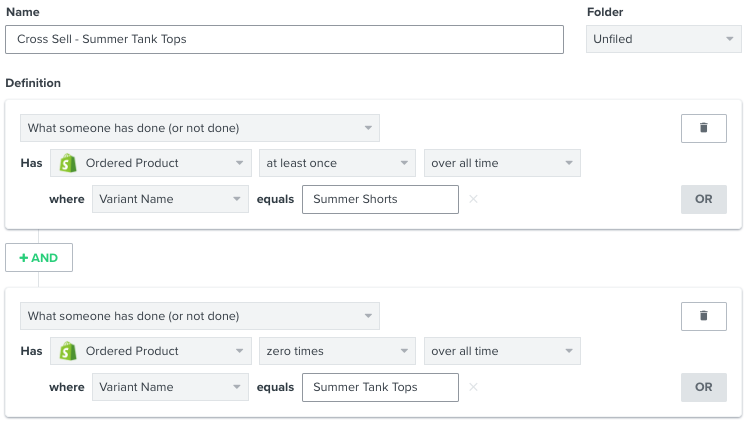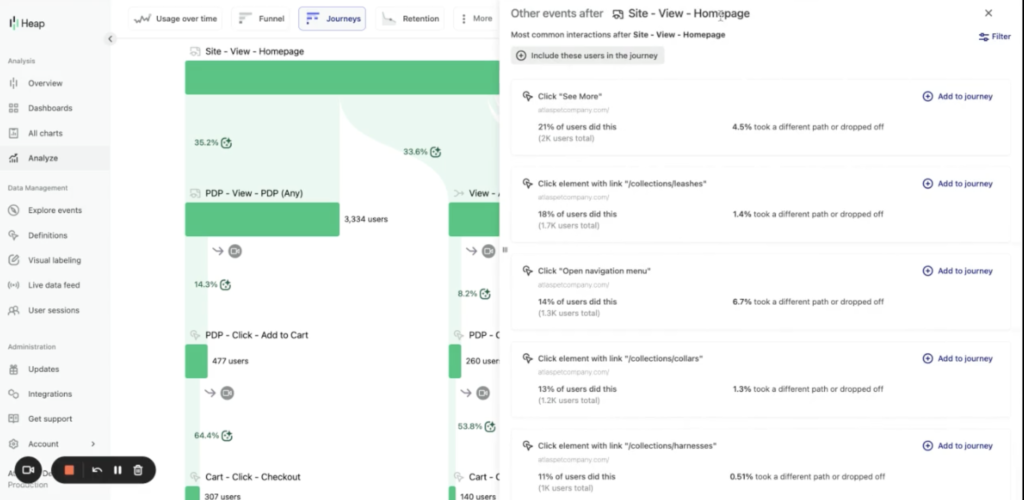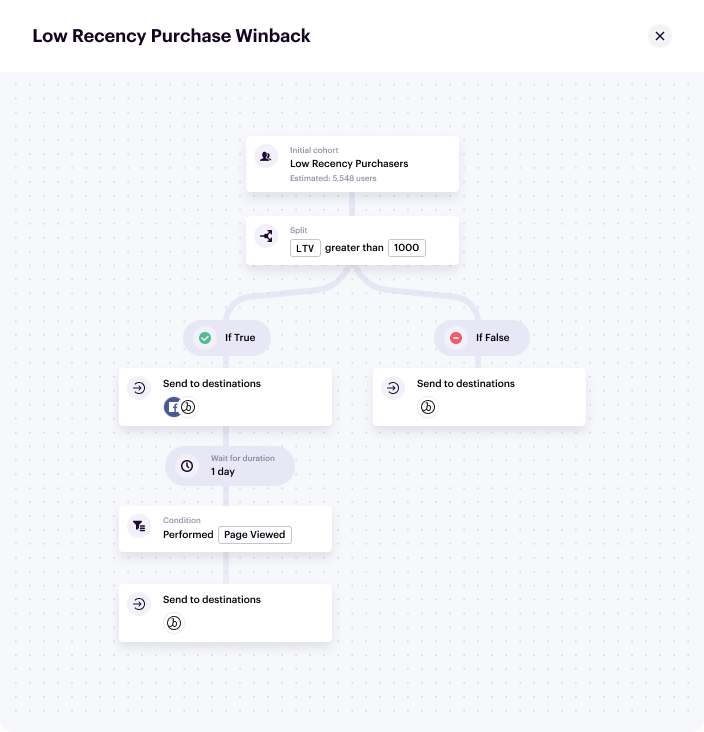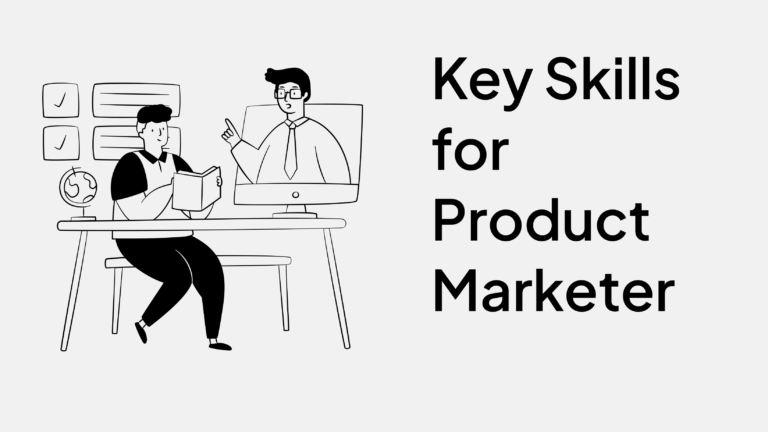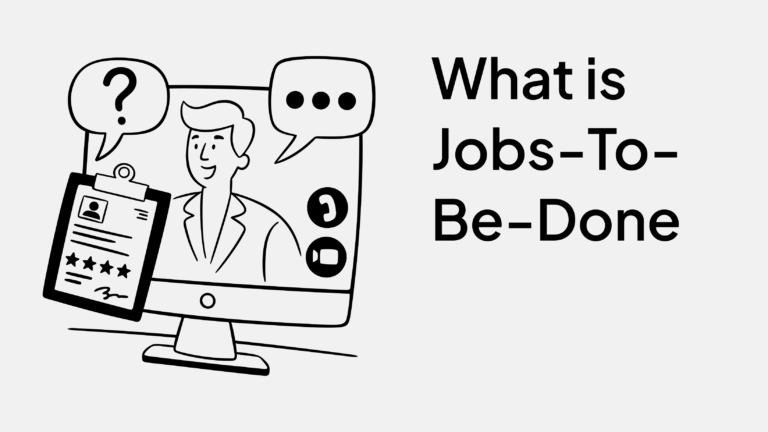Targeted marketing is crucial for businesses aiming to reach the right customers with precision. Audience segmentation tools play a vital role in this process by dividing the market into distinct groups. This blog provides an insightful journey into the significance of targeted marketing, the pivotal role of audience segmentation tools, and a structured overview of what lies ahead.
Why Segment Your Audience?
Segmentation is a game-changer for marketing. By breaking your audience into smaller, more specific groups, you can tailor your messages and offers to fit their unique needs. The right message to the right audience at the right moment makes your customers happier and boosts your business results. Here’s why you should segment your audience:
Increased Marketing ROI: Reach the Right People with the Right Message
Segmenting your audience helps you speak directly to the right groups of people. When you understand what different segments of your audience care about, you can craft messages that truly resonate with them. This means your marketing efforts are more effective and less wasteful, leading to better results and a higher return on investment.
For example, a sports apparel company might target fitness enthusiasts with performance-focused gear while promoting stylish athleisure wear to those interested in casual, everyday comfort.
Improved Customer Engagement: Create Personalized Experiences for Better Connections
When you segment your audience, you can offer personalized experiences that make people feel understood and valued. Instead of a one-size-fits-all approach, you can send relevant content and offers that match their specific interests and needs. This personalized touch builds a stronger relationship with your brand, leading to higher engagement and loyalty.
Imagine a skincare brand that sends different product recommendations based on customers’ skin types, such as hydrating creams for dry skin and oil-free solutions for oily skin, ensuring each customer receives advice that fits their unique needs.
Data-Driven Decision Making: Use Insights to Sharpen Your Marketing Strategies
Audience segmentation gives you a clearer picture of who your customers are and what they want. By analyzing the performance of different segments, you can see what’s working and what needs improvement. This insight helps you to tweak and refine your marketing strategies to better meet your audience’s needs, making your efforts always on target.
Unveiling Your Audience Segments
Demographic Segmentation: Understand your audience by age, gender, income, and more. This segmentation method allows businesses to categorize customers based on quantifiable data. By utilizing audience segmentation tools, companies can gain valuable insights into the characteristics of their target market. With tools like Google Analytics and HubSpot CRM, businesses can effectively analyze demographic information to tailor their marketing strategies accordingly.
Behavioral Segmentation: Group users based on website interactions and purchase history. By tracking user behavior, businesses can create targeted campaigns that resonate with specific customer actions. Tools such as Kissmetrics, Heap, and Userpilot enable companies to understand how customers engage with their platforms and products for more personalized marketing approaches.
Psychographic Segmentation: Target audiences based on interests, values, and lifestyles. This segmentation technique delves into the psychological aspects of consumer behavior. With tools like Meltwater Consumer Intelligence and Survicate, businesses can uncover deeper insights into what motivates their target audience’s purchasing decisions.
Diving Into the Tools: Klaviyo, Heap, and Segment
With so many tools available for different purposes—like Google Analytics 4 (GA4), Amplitude, and Mixpanel for analytics, MailChimp for email marketing, and HubSpot for CRM—I decided to focus on three standout tools for customer segmentation: Klaviyo, Heap, and Segment.
Klaviyo: Personalization at Its Best
Klaviyo’s segmentation feature is a marketer’s dream. It lets you create highly targeted customer groups based on various criteria such as purchase behavior and engagement metrics. From the data on their segmentation page, Klaviyo offers dynamic segments that automatically update based on real-time data, ensuring your campaigns are always targeting the most relevant audience without manual intervention. Moreover, Klaviyo leverages predictive analytics, using machine learning to predict future customer behavior, such as expected purchase dates and lifetime value, which helps in creating segments that are more likely to convert.
The tool’s deep integrations with numerous eCommerce platforms and CRMs allow you to pull data from various sources for more comprehensive segmentation. This means you can create precise segments and tailor emails, social ads, and other marketing materials to resonate more deeply with your audience. The best use case for Klaviyo is for businesses looking to enhance their email marketing and social media campaigns through highly personalized and dynamic segmentation.
Heap: Behavioral Insights Unleashed
Heap’s segmentation focuses on behavior-driven user cohorts. This tool allows you to create user segments based on actual interactions and behaviors on your website or app. Heap captures every user interaction automatically, without requiring manual tracking codes, which means you have a complete dataset to segment from the start. The ability to create segments based on specific user actions, such as button clicks, page views, and transaction completions, allows for very detailed and precise targeting.
One of Heap’s standout features is its retroactive analysis capability. You can create new segments and apply them to past data, providing instant historical insights. Heap also integrates seamlessly with other analytics and marketing tools, allowing for a seamless flow of data and insights across your marketing stack. Comprehensive dashboards make it easy to visualize the behavior of different segments, track key metrics, and adjust your strategies on the fly. The best use case for Heap is for businesses that need deep behavioral insights and precise targeting based on real user actions.
Segment: The Omnichannel Powerhouse
Segment, part of Twilio Engage, is designed for omnichannel customer engagement. Segment collects data from various touchpoints—web, mobile, servers, cloud apps, and more—into a single platform. This unified view is crucial for creating accurate and comprehensive segments. Segment’s real-time capabilities ensure that your customer data is always up-to-date, allowing for timely and relevant marketing messages.
One of Segment’s strengths is its powerful integrations, with over 300 marketing, analytics, and data warehousing tools. This makes it a central hub for your data ecosystem, enabling the creation of detailed custom audiences based on various data points, from demographic info to complex behavioral patterns. Segment’s data governance features ensure data quality and compliance with regulations like GDPR and CCPA, which is critical for maintaining trust and legal compliance.
The best use case for Segment is for businesses that operate across multiple channels and need a unified approach to customer data and segmentation. It’s ideal for companies looking to deliver consistent and targeted messages across different platforms.
Conclusion
Each of these tools—Klaviyo, Heap, and Segment—offers unique strengths in audience segmentation. Klaviyo excels in dynamic and personalized marketing campaigns, Heap focuses on deep behavioral insights, and Segment provides a unified approach to omnichannel engagement. Depending on your specific needs, any of these tools can significantly enhance your marketing effectiveness by delivering the right message to the right audience at the right time.
By leveraging the power of these segmentation tools, you can transform your marketing strategy, achieve higher engagement, and ultimately drive better business results. So, why wait? Dive into the world of customer segmentation and unlock the full potential of your marketing efforts today!
